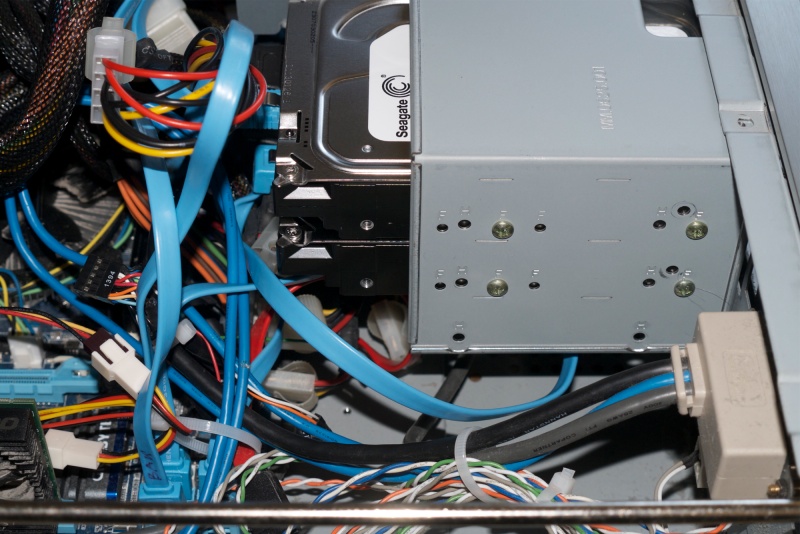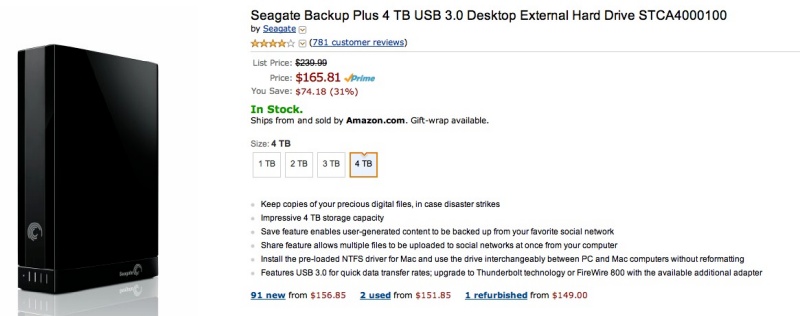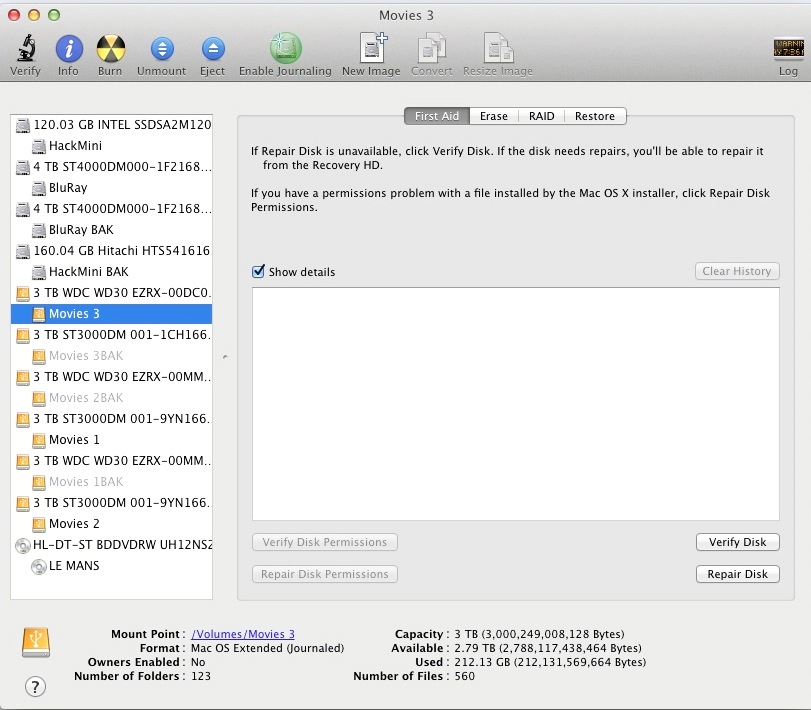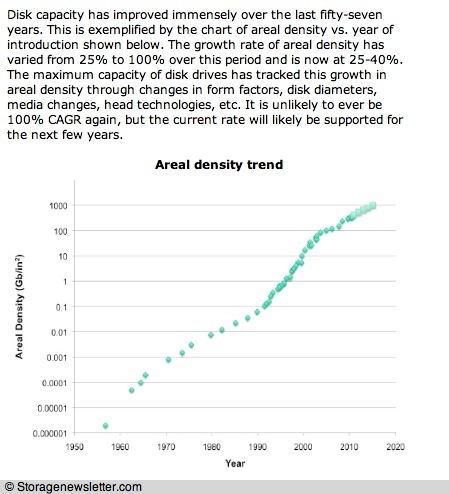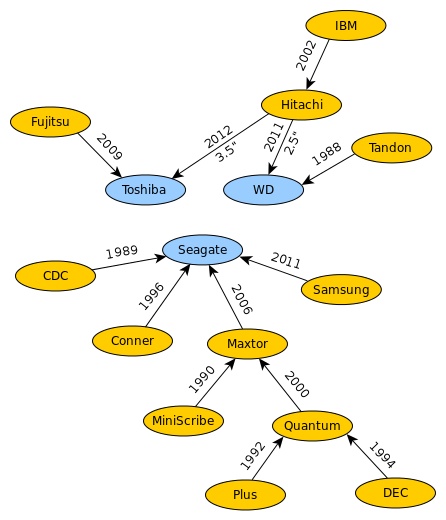Yer what?!
For an index of all my Mac Pro articles, click here.
I have, it is true, been doing more than my share of jaw dropping and falling off the old office chair of recent, but those incidents were solely the results of the craziness visited on world markets by a Federal Reserve Board seemingly gone mad. It seems that Americans, too, are to be subjected to European austerity, politics of greed and further unwarranted wealth transfer to the unspeakable 1%.
But no, what occasioned this latest bout of gluteus maximum soreashellus and jawus brokus was a call from none other than that pseudonymous hacker to the stars and expert Hackintosh builder, my friend FU Steve. I use the term loosely.
There’s no way of breaking this gently. Here were the first words on the call from the mouth of the hackosaurus:
“I’m buying a 2009 Mac Pro and scrapping my Hackintosh. You will too, mate.”
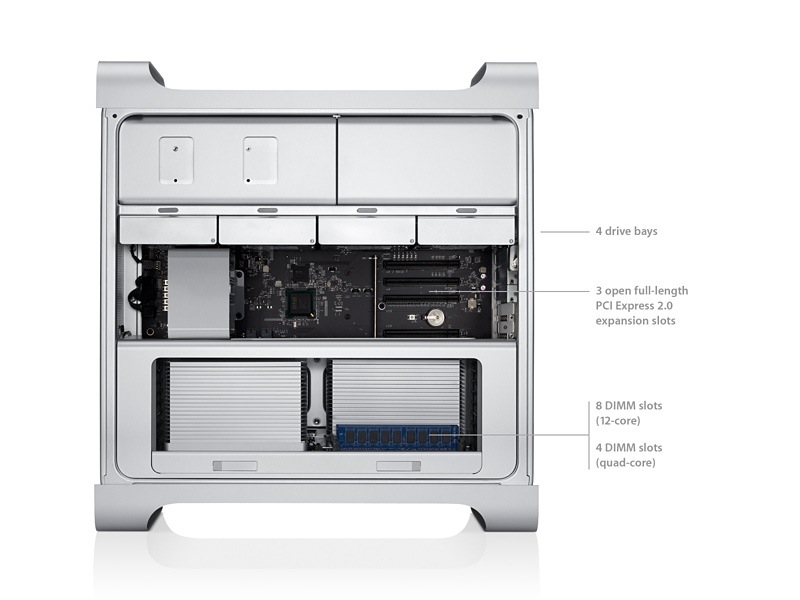
The 2009 – or is that 2012? – Mac Pro. Not a wire in sight.
Had the man been in the room I would likely have dashed for a cold compress and something even colder with a high proof rating to calm the nerves. FU’s and mine. As it was, I just politely suggested that I had the number of a local looney bin handy and that maybe a few days R&R away from the mother-in-law were called for. The stream of invective which followed has no place in this family-friendly journal. Suffice it to say that he started with some possibly valid inquiries into my parentage, followed with suggestions of what might happen to my dog on his next visit, rounding the whole thing off with a reminder that he is a foot wider and two feet taller than me.
Now in addition to his bulging biceps and general bigness, FU is also distinguished in the area of grey matter where, most agree, he has more than enough for two of us regular schmoes. So after the heart rate had come down a bit and FU had vented his spleen I decided to listen. It’s not like the man has ever let me down and his judgment in all things Mac and Hack has been pretty solid over the years.
Thus, I listened hard.
“Why 2009, FU? You could get a dozen of the latest 2012 versions or maybe even four of the Apple JokePro”
“Dude” quoth he, “If you see $3,000 lying on the sidewalk I doubt even you are so dumb as to pass it by.”
The man had a point.
“But 2009? That’s ancient in computer terms.”
“Not so, chum. If you study the specs hard you will see that there was absolutely zero mechanical change between a 2009 Mac Pro and the 2012 model. Zero. Only two things changed. The good people at Intel came up with ever faster Xeon CPUs and the poor dears at Apple had to spend a few minutes upgrading their firmware to recognize the latest CPUs and newest RAM. That and making a newer, higher price tag. But the Mac Pro world, comprised of Mr. and Mrs. Doofus, as usual bought Apple’s dictate that the Mac Pro could not be upgraded other than by issuing Cupertino a check for the latest machine. This, of course, is the purest rot.”
“You mean you can upgrade a 2009 to 2012 specs?”

The most beautiful computer ever.
“You know it. It’s called Hack-a-Mac and it’s childishly easy. Why, even you could do it. Here’s the scoop. First, forget about those poncy single CPU Mac Pros. Go out and buy a 2009 with the two 2.26GHz Xeons in base spec – 6GB RAM, small HDD, and so on. They run $800-1,200, the costlier ones reflecting an absence of scratches from that gorgeous piece of sculpture which is the Mac Pro’s case. The real Mac Pro’s case, not the GarbageMac. And forget the 2008 or prior. They cannot be made to work with today’s speedier DDR3 memory and additional RAM is crazy expensive, worse than a hammer procured by the military. I’m talking $550 for 16GB.
Despite the slow 2.26GHz clock speed of the 2009 Xeons, you get a Geekbench score of 12,200, which is a smidge slower than the 12,500 in your Sandy Bridge i7 HackPro. In other words, perfectly serviceable.
Now the GPU in that old Mac Pro, likely an nVidia GT120, couldn’t make the tea, but you can swap in the current GTX660 from your Hack at a cost of precisely nothing. The 6GB of 1066 MHz RAM is slower than the current 1333MHz, so another $132 plonked down at DataMemorySystems gets you 16GB of 1333MHz matched RAM. Do not buy the RAM for the 2009. Get that for the 2012 – it’s faster and we will make it work at the faster speed. We cannot do 1600MHz, but the practical difference in speed is negligible and nowhere near the ratio suggested by those frequencies. And don’t waste your money at Mac Sales/OWC where the memory is identical but 30% more.”
I began to glaze a bit, but he was on a roll.
“Need USB3? A $40 PCIe aftermarket card will give you four sockets. And all your SSDs and HDDs will transplant nicely to the Mac Pro, though the SSDs will benefit from this $20 gadget from MacSales as the twits at Apple never thought anyone might actually want to mount a 2.5″ SSD in a Mac Pro. Geez.”
He paused and I knew better than to ask. The sound of ice cubes in a glass told its own story.
“Now, where was I? Oh! yes. So now for your $1,210 you have a very decently specified Mac Pro with 16GB of RAM, your excellent GTX660 GPU and all the connectivity and drive storage transplanted from the Hackster. You can easily remainder the unused CPU/memory/motherboard and case from the Hack for $400, and you are out $810.
But the real magic sauce comes with the hacking part – you knew that was coming, right? – which makes our 4 year old Mac Pro look as attractive as a young Bardot in a skimpy bikini. More of that later. I gotta catch my date. But you are gonna like it because the results will be almost as fast as the new 2013 garbage can and a whole lot more expandable.”
And with that he rang off.
One thing we can be sure of. When Mr. and Mrs. Doofus are suckered into the new Mac Pro/garbage can imitation, there will be no shortage of used 2009 Mac Pros hitting the market.
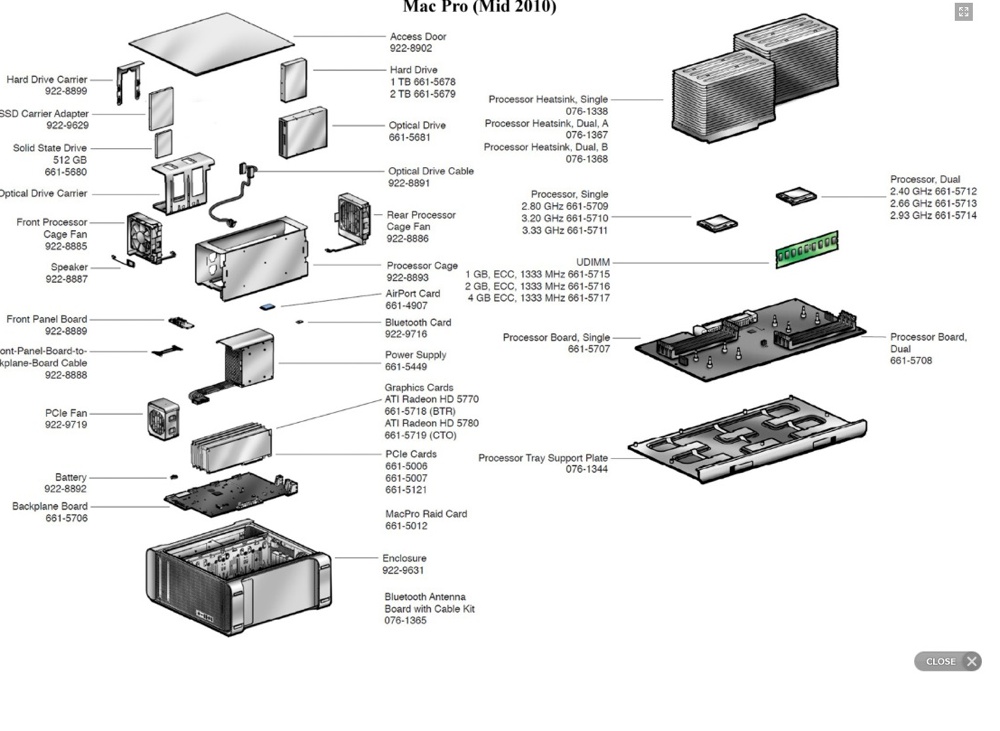
Design as art. Note the choice of motherboards.
That parts schematic is exceptionally useful for finding replacements for parts which wear out – like the fans and the power supply. Just input the part number to Google.
More in Part II.
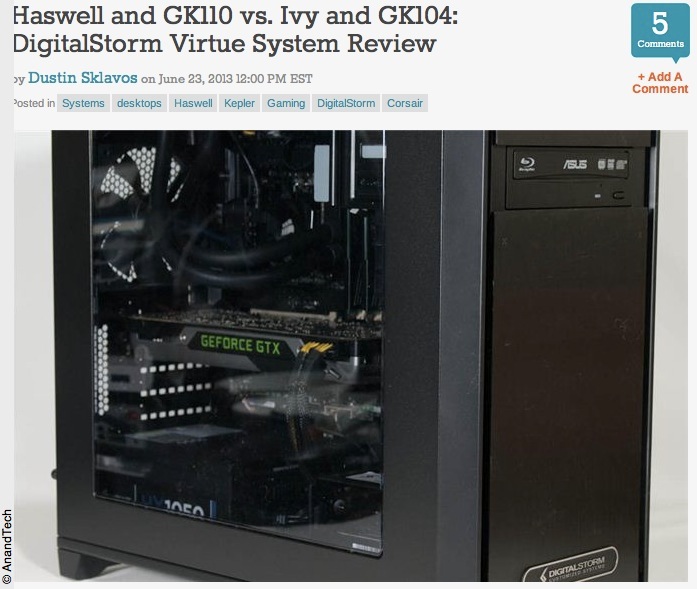
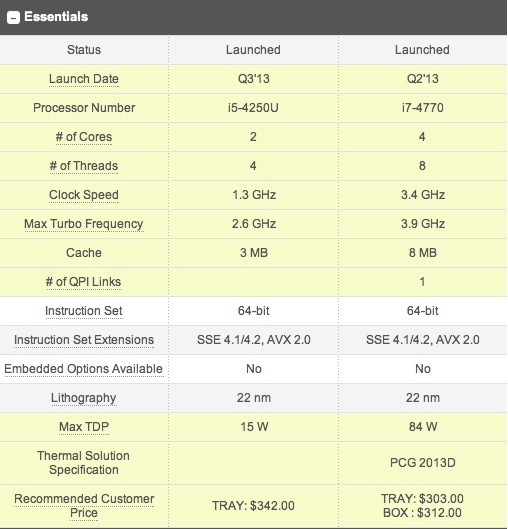
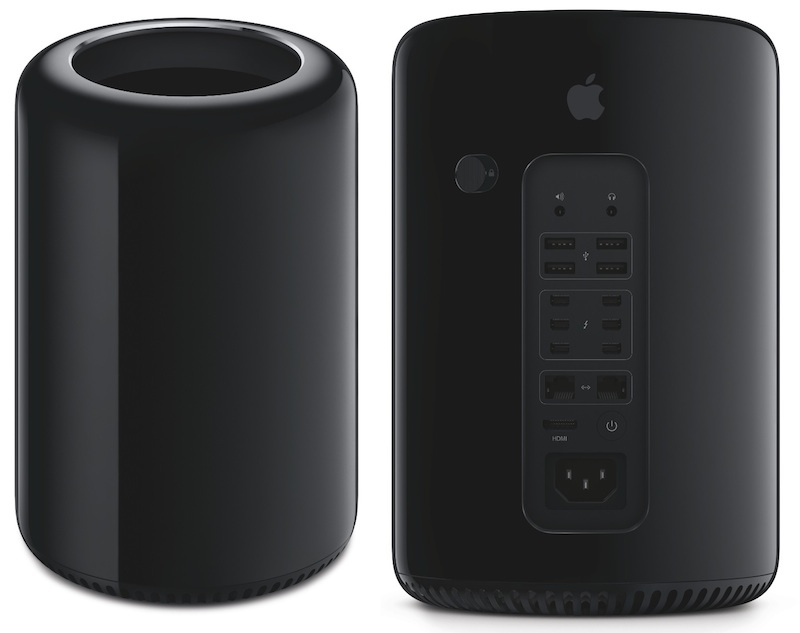
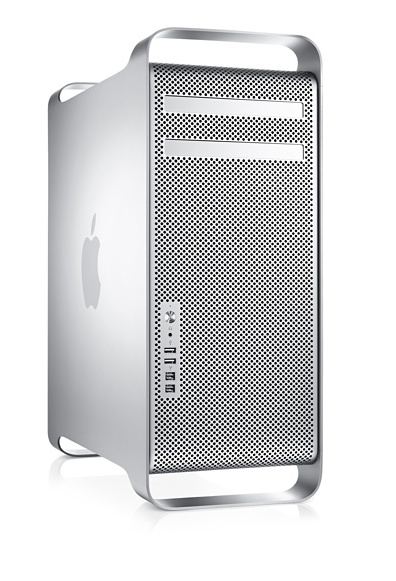
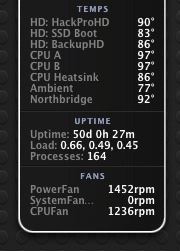
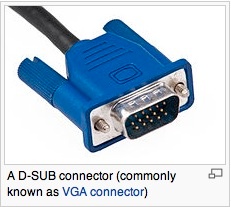

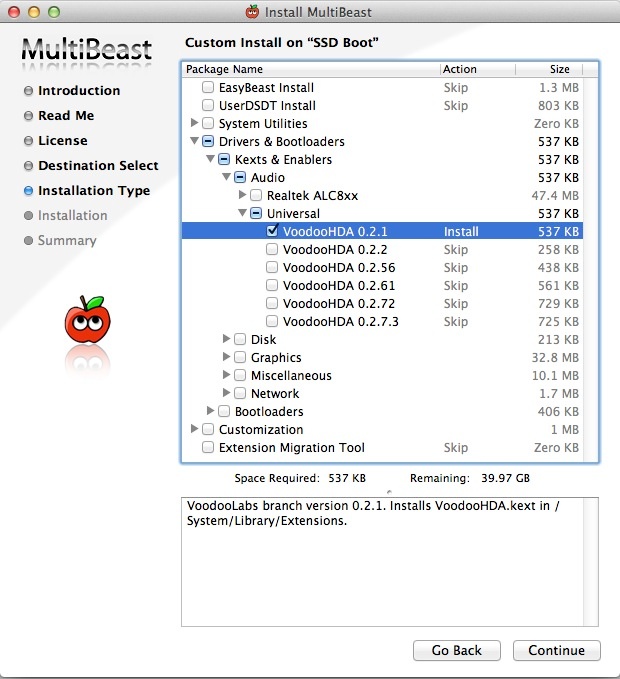
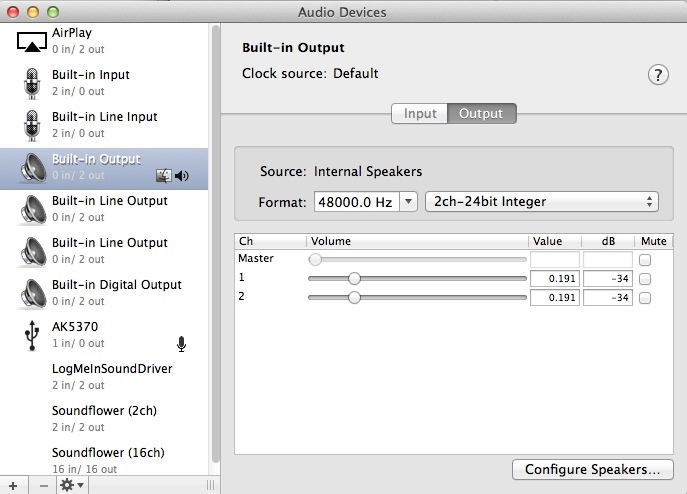

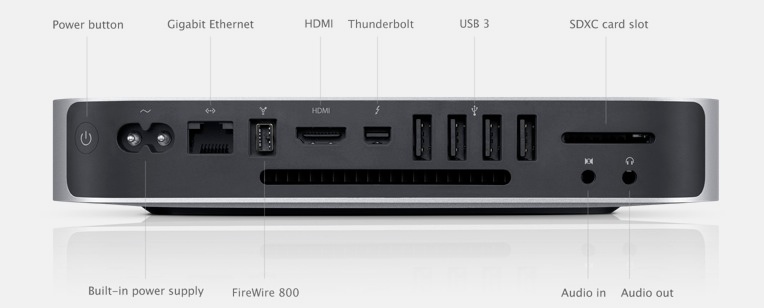

backup.jpg)
